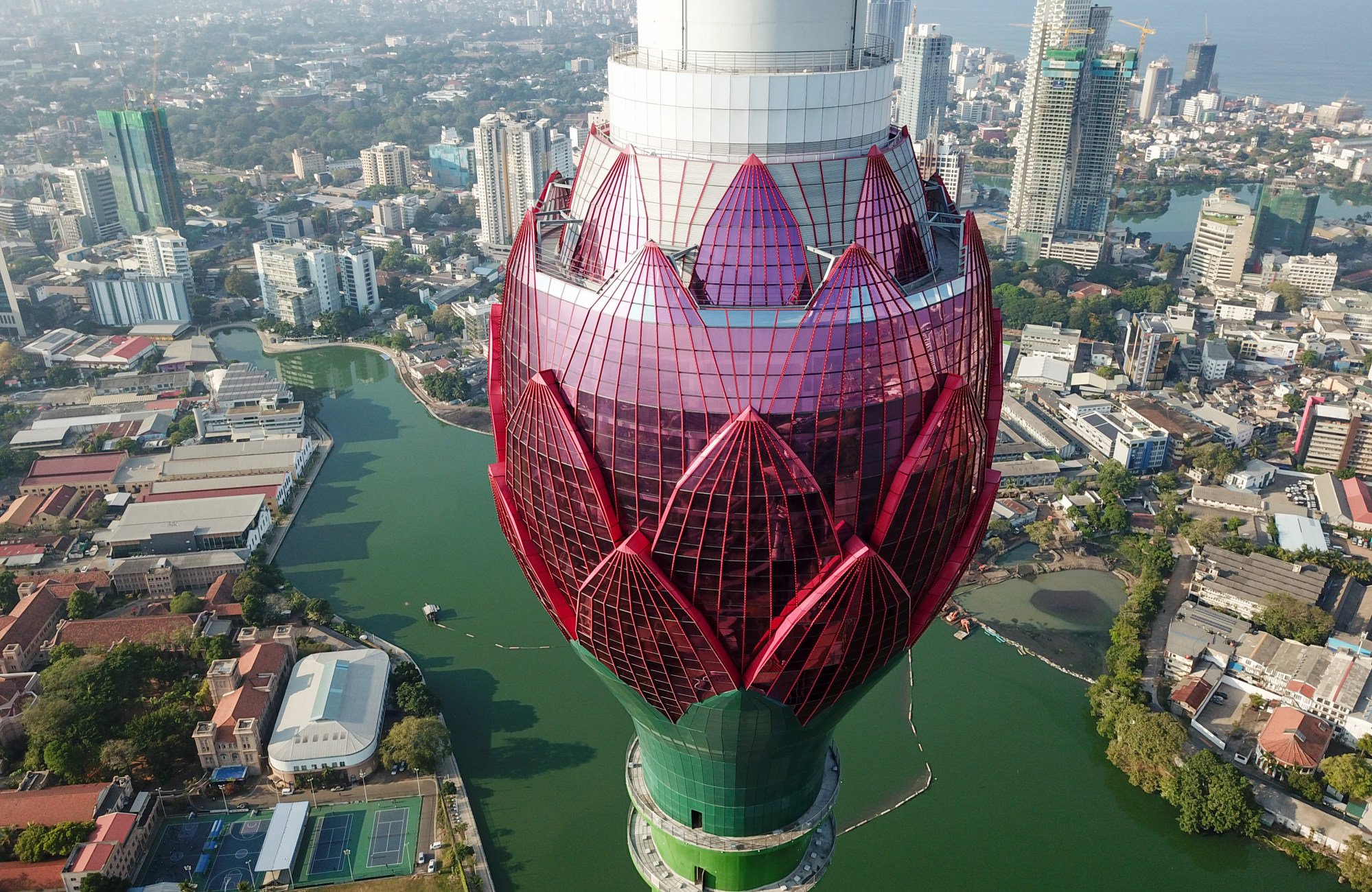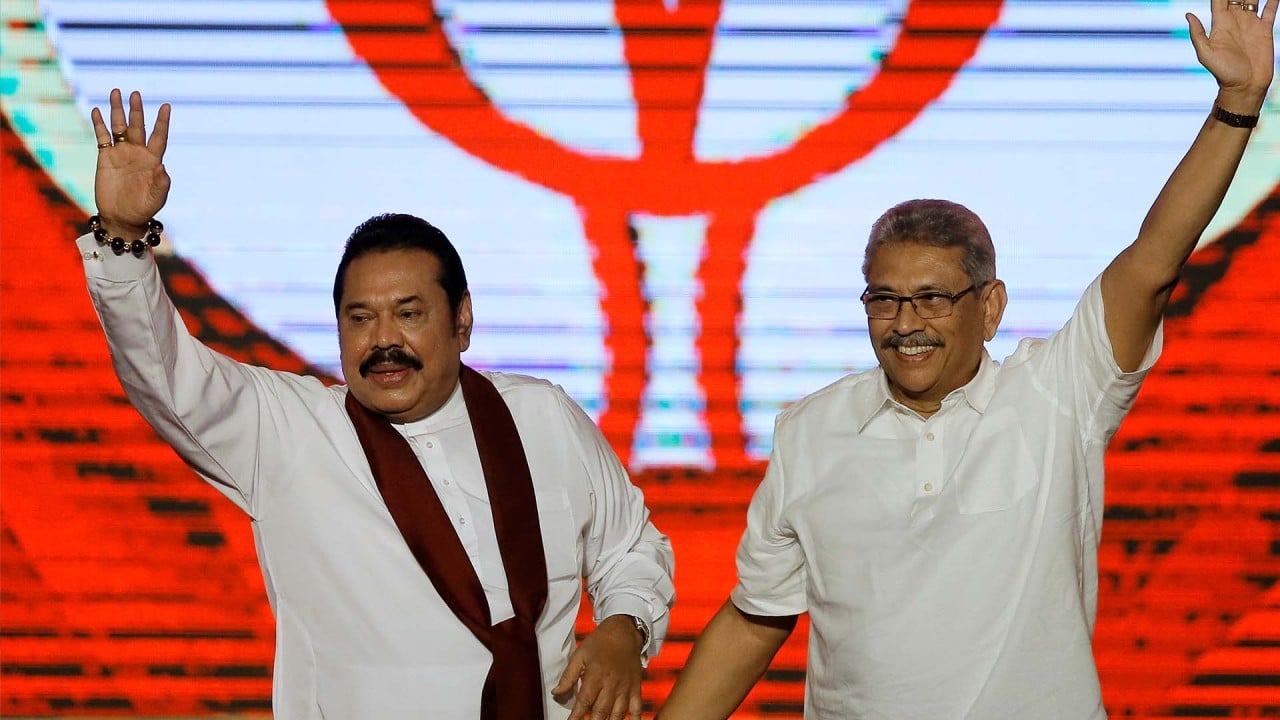
Amid China-US rivalry, Sri Lanka crisis offers lesson for engagement with Pacific island nations
- A series of poor financial decisions by the Rajapaksas, including attempts to capitalise on China-India rivalry by signing investment deals with both, have left Sri Lanka in crisis
- With competition growing between China and the US in the region, other Pacific island nations must avoid falling into the same trap
Analysts seem to differ on the reasons. Is China’s costly Belt and Road Initiative to blame, or it financial mismanagement by the Rajapaksa family, or the shift to organic farming?
The fact is that all three are interconnected and the crisis should serve as a case study for US engagement with Pacific island nations.

While Sri Lanka’s largest bilateral creditor is China, accounting for 20 per cent of its foreign debt, the island nation owes the most – roughly 36 per cent of its total foreign debt – in the form of international sovereign bonds.
In the liquor store analogy, one could argue that it is not the fault of the seller – but also that a seller who was aware his potential customer could die from the sale should know better.
The 26-year-long civil war finally ended in 2009, right about the time of the global financial crisis. The Rajapaksas’ Buddhist nationalism and then-president Mahinda Rajapaksa’s success against the separatist Liberation Tigers of Tamil Eelam (LTTE) powered the family’s rise and earned them much public support.
Riding on anti-Tamil sentiment and populist rhetoric, the government of Mahinda Rajapaksa managed to get away with several financial missteps, such as taking on overpriced infrastructure projects that were part of the belt and road under the pretence of development.
For example, the US$104 million Lotus Tower – dogged by financial controversy – and the US$209 million Mattala Airport, dubbed the “world’s emptiest”, cost the Sri Lankan exchequer dearly but have brought few returns.
India would invest in a project if China was involved, fearing a security threat, and vice versa. The most recent examples are the power projects and oil farm investments in northern Sri Lanka that went to Indian contractors.
After the Chinese signed an accord for the Muthurajawela Tank Farm Project in 2000, India this year signed the Trincomalee tank project in Sri Lanka’s north that has nearly six times the capacity of the Chinese one. Such competition provided opportunities for rent seeking.

Acting on the campaign promise, Rajapaksa issued a blanket ban on the import of all agrochemicals in 2021. However, his administration failed to create the necessary ecosystem for organic farming, such as by providing an adequate supply of organic fertilisers and manure to farmers.
This created another import dependency. For an economy that relies primarily on exporting cash crops such as tea, rubber and spices, this experiment proved to be a disaster, with yield for crops such as tea falling by 18 per cent. The country went from a rice exporter to an importer, worsening its current account deficit.
The Sri Lankan case should provide a lesson for the United States and its allies when engaging with Pacific island nations.
Akhil Ramesh is a Fellow at the Pacific Forum



